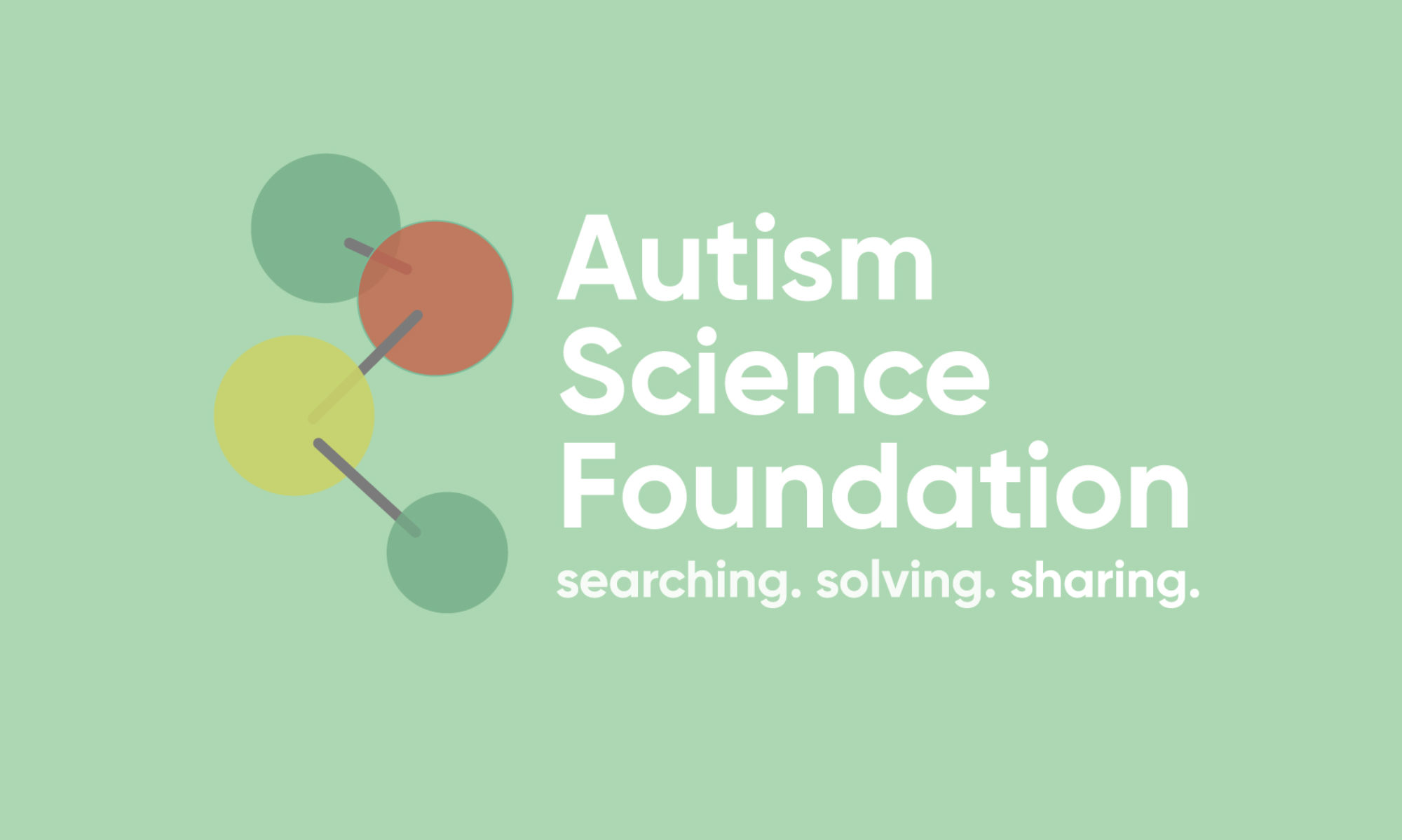Podcast: Play in new window | Download
Subscribe: RSS
A new animal model of autism appeared this week: the monkey. This adds to the ever growing list of different model systems from autism, from fruit flies to mice and rats now up to monkeys. Are these animal models useful and for what, and why isn’t there just ONE model of autism rather than the dozen that exist? This week’s podcast discusses research from scientists at the UC Davis MIND Institute and what they are doing to improve these models of ASD.
https://www.ncbi.nlm.nih.gov/pmc/articles/PMC5810939/pdf/nihms906435.pdf
